Mountain Bike Groupsets: Everything you need to know
Here is my guide to mountain bike groupsets. The “groupset” is the term we use to describe for all the bits that make up a bike’s drivetrain. These parts include the shifters, bottom bracket, crankset, derailleurs, chain and the cassette. In this guide, I am going to explain all the different parts of mountain bike groupsets. The leading two manufacturers of mountain bike groupsets are Shimano and SRAM. You will find that some mountain bike manufacturers will mix parts and brands to allow them to meet specific price points.
Mountain Bike Groupsets - The Components
Mountain Bike Cranks
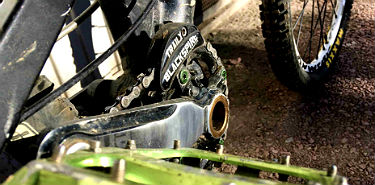
Cranks are categorised by the amount of chainrings they have:
- Single
- Double
- Triple
Triple
Triple chainring cranksets have three chainrings (what a surprise).
It is quite common for the larger chainring to have 42 to 44 teeth, the middle ring to have 32 or 34 and the smallest 22 or 24.
The idea behind having three chainrings is to give you the largest range of gears possible. However, this is quite rare to find on mountain bikes these days.
Double
Double cranksets have two chainrings and are now the most popular mountain bike crankset. This is became popular when both SRAM and Shimano brought out their 10-speed drivetrains. This type of crankset offers a smaller gear range with less overlap than a triple.
The smaller inner ring will have 22 to 28 teeth, while the larger outside gear is for faster riding and will have 34 to 36 teeth. You will find Double cranksets are on entry-level bikes and higher-end bikes. However, they are becoming less popular.
Single
More riders are moving towards single chainrings these days.
You will hear them being referred to as ‘1x’ (‘one-by’). The big advantage of single chainrings is that your chain is more secure and is less likely to come off. Using single chainrings has been popular on downhill mountain bikes for a long time. This is because large gear ranges aren’t needed, and chain security is essential.
Following SRAM’s launch of XX1 and the introduction of subsequent wide-range 1×11 and 1×12 groups,
The single-ring drivetrain is becoming the norm on high- to mid-level mountain bikes and is increasingly found on entry-level bikes too. This is thanks to SRAM’s XX1 and their 1×11 and 1×12 mountain bike groupsets.
You can expect a wide range of sizes of a single chainring. 38 tooth chainrings will be used for strong cross-country racers. But his can go down to down to 26 tooth chainrings on some fat bikes. However, the norm for bikes with 1x drivetrains is 32 or 30 tooth chainrings.
One of the characteristics of 1x drivetrains is the shape of the teeth. They are tall, unramped and have alternating widths. These characteristics are supposed to keep the chain in place without the aid of a front derailleur or chainguide. However, if you ride particularly rough terrain, I recommend that you fit a chainguide. This will ensure that you will never drop your chain at the worst moment.
Mountain Bike Bottom Brackets
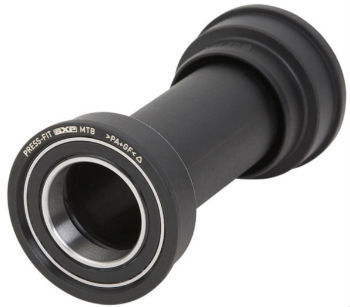
The bottom bracket is the device that holds the bearings for your crankset to spin on. The bearings are either pressed or threaded into the bottom bracket’s shell. There are lots of different configurations of bottom brackets. If you want to know all the ins and outs of them, check out this Bikeradar post.
Mountain Bike Cassettes
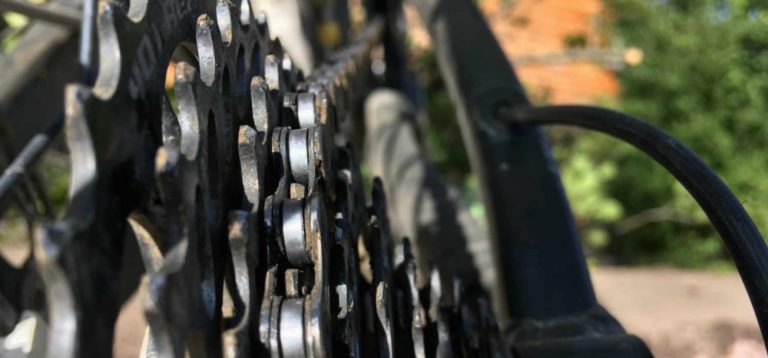
There is a wide range of Cassettes with different sizes and speeds. Your choice of cassette choice depends on budget, and the style of riding the bike is designed for.
Mountain bike cassettes can be range from 7 speed through to 12 speed. They are usually referred to by the smallest and largest gears to provide an indication of the total range, e.g. 11-32t or 10-50t.
Downhill bikes, use very narrow-range cassettes, while other mountain bikes make climbing easier with a wide spread of gears. The most common ranges on mountain bikes with double or triple cranksets are 11- to 34- or 36-tooth.
Single-ring bikes go much wider, with SRAM’s XX1 and X01 Eagle 12-speed drivetrains. These have a 10 to 50 tooth spread. Shimano’s offerings are 11 to 46tooth range on its 1×11 SLX and XT groups and a 10-51t option on its latest XTR group.
Mountain Bike Chains
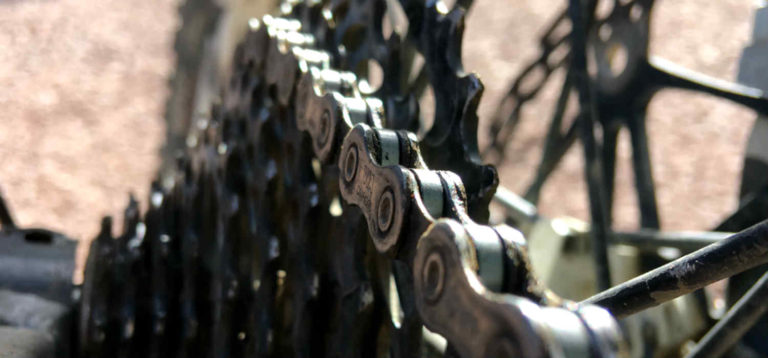
Your groupset brand and the number of gears you have dictate the type of chain you need. As the number of gears increases, the spacing between the cogs reduces, so you also need a narrower chain.
Therefore, your chain needs to be specifically designed for the number of gears on your cassette. You will find that some chains are actually directional, and need putting on in the right direction.
Higher-end chains often have smoother, more durable and corrosion-resistant coatings. They also save weight with hollow links and pins. So you need to be mindful that chains are the first part of a drivetrain to wear out, so it’s often best to invest in a mid-level chain and look after it. If you don’t keep an eye on it, it will wear down your gears much more quickly.
Mountain Bike Shifters
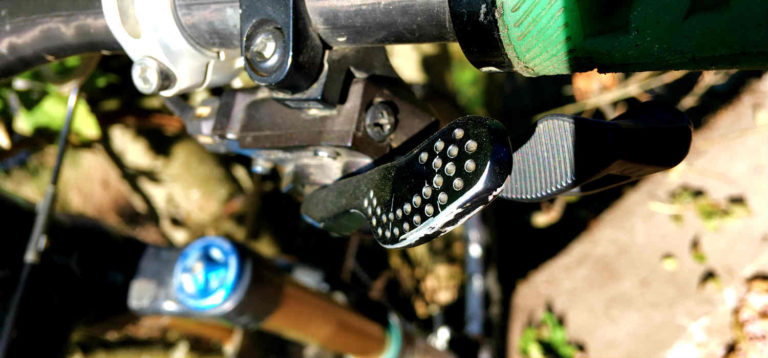
Your shifters operate your derailleurs. Shimano and SRAM use different designs and work in different ways.
While working in different ways, both SRAM and Shimano offer ‘trigger shifters’. These are not operated with your finger, but with your thumb to change gear. The advantage of doing it this way is that you change gear while also keeping your index fingers on the brake levers.
SRAM have two different ways of changing gear, Trigger and Grip Shift.
You will find that the trigger shifters are more common. Grip Shifts work by, twisting a portion of your handlebar grip back and forth to shift. Grip shifts are pretty rare these days, but you can still find them in cross-country racing. This is because the system is very light and allows riders to shift across the cassette quickly.
SRAM AXS is an electronic system with three buttons. Two are operated by a paddle which rocks up or down. Shimano has the Di2 system, which also uses electronic switches. Both systems can be customised via apps.
Choosing Mountain Bike Groupsets
Mountain bike components vary in price hugely and mountain bike groupsets are no different. Therefore, you need to know what paying extra for better components gives you.
Mountain Bike Groupset Weight
Lighter components will allow you to accelerate, climb and brake better than a heavier one. However, you don’t want to sacrifice strength. Everything mountain bike-related, weight reduction is often the major factor in increased cost.
With mountain bike groupsets, the more you spend, the lighter they get.
The difference between Shimano’s top two levels of mountain bike groupsets, XT and XTR, is around 230g (excluding brakes and bottom bracket). The difference between SRAM’s flagship XX1 Eagle and second-tier X01 Eagle drivetrains is closer to 46g (excluding brakes and bottom bracket).
This comes from more expensive materials and more refined manufacturing processes. For even more lightness, manufacturers use high precision machining and lighter more exotic materials such as carbon fibre, titanium, aluminium and ceramic bearings.
Mountain Bike Groupset Durability
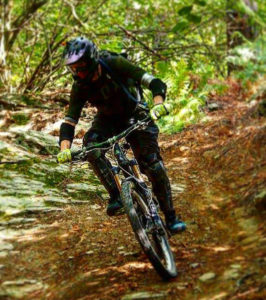
Buying a more expensive mountain bike groupset, you’d want it to outlast the cheaper options.
You do get more durability, the more money you spend. However, durability plateaus at the second-level options. XT, in the case of Shimano and XO1 in the case of SRAM.
You may find that durability actually declines at the most expensive option. This is because weight saving is the primary focus.
Top-end components are made with greater precision, refinement and materials, making them more durable. You will experience this with derailleurs and shifters. Cheaper ones will develop play and slop overtime, whereas better parts often operate like new for many years of use.
However, cassettes and chainrings are different. Cheaper versions are made from heavier, but more durable steels, while the more expensive versions are made with lighter, but softer, aluminium and titanium.
Mountain Bike Groupset Performance
More expensive mountain bike groupsets also increase performance. The main reason for this is that they are smoother, more precise and quicker to change gears.
The levers are also easier to operate, which is great when you have been riding for a few hours. This is where electronic gears are going to be the most advantageous, as they are super precise and fast, with minimum effort.
More expensive mountain bike cranksets are stiffer. This gives you crisper shifting and more efficient power transfer from the pedals.
Other Mountain Bike Groupset Features
Clutch-equipped rear derailleurs are found on Shimano and SRAM’s middle and high-end groupsets.
The clutch keeps the chain nice and tight, which improves gear changing over rough terrain. It also keeps the drivetrain quieter and reduces the likelihood of your chain coming off.
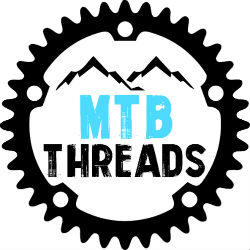
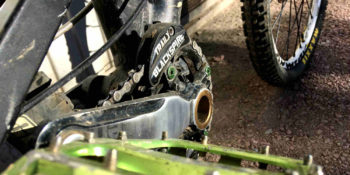
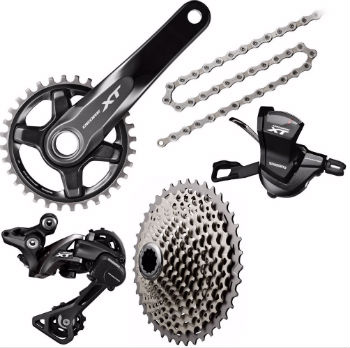
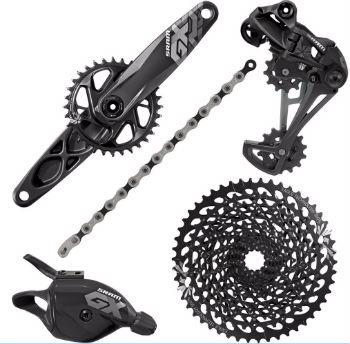
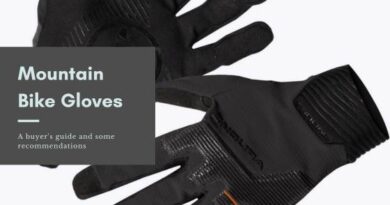

Pingback: How to buy a Hardtail Mountain Bike -
Pingback: What is the best Mountain Bike to buy? - Learn how to choose